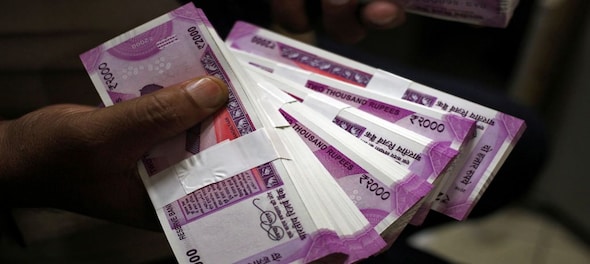
It is said that you just need 21 days to break or form a new habit. Almost a year and a half into the global health crisis, people have now adapted to several new norms, such as — remote working, online classes, and most importantly, contactless payments. For a while now, the government has been on the warpath to push digitization across the country.
While the policy-induced shock of demonetization paved the way for digitization it was the natural shock of the Covid-19 pandemic which served as a trigger accelerating the shift from cash to digital options.
The typical dynamics of the pandemic which forced people to remain indoors created a surge in demand for contactless payments. This in turn brought about a paradigm shift towards digital, with newer cohorts adapting to digital banking on the go.
The fear of transmission proved to be a greater motivator to transform the way people bank and handle their financial commitments, with more people learning about mobile payments to avoid stepping out to ATMs and bank branches. Although India is still a long way from shedding its traditional attachment to cash, demonetization provided a cushion encouraging systemic and behavioural changes within the ecosystem that is here to stay.
Impact influencing behavioural trends
Covid-19 has not just pushed digitisation, but it has also significantly influenced how people transact. Consumer demands and expenditures have shifted to minimum, mostly towards essentials and emergencies. In addition, with the lockdown measures and social distancing norms people are not venturing out to banks and ATM as frequently. Therefore, the average ticket size of withdrawals at any given time has gone up considerably.
This is primarily because people withdraw in larger quantities and prefer to hoard, pre-empting medical or any other form of emergencies, which ultimately is not consumed as much. The average ticket size of withdrawals, which earlier ranged between Rs 2,000-3,000, has now invariably gone up to 3k-4k across both rural and urban India. This, in turn, has brought about a substantial shift in behavioural patterns among the masses which will play out in favour of digital transactions in the long run.
The uptake of digital payments
UPI, on the other hand, is taking care of small ticket transactions, with the average ticket size remaining constant at Rs.1k. Globally, and now even in India and other developing countries, it’s been observed that while cash continues to dominate, cheque transactions are rapidly being replaced by digital, especially IMPS. Owing to this behavioural shift, daily average transactions on IMPS has now gone up to 9,000, which was earlier in the range of 6,000-7,000. In rural India, however, people prefer withdrawing through AePS vis-a-vis ATMs, owing to which the average ticket size across ATMs is now comparatively smaller. In rural and semi-urban India, while average withdrawals through AePS stands at Rs 1,500, at ATMs it is around 3,000.
In yet another interesting trend ensued by the pandemic, small ticket transactions have been replaced by UPI and QR Code. Circulation of lower denomination notes like 20, 50, and 100 witnessed a dip since retailers struggled with lack of cash, especially during peak hours. Besides, with consumers getting increasingly accustomed to digital and contactless transactions, UPI and QR codes have become the most preferred mode, especially for small ticket transactions such as visiting a doctor’s office, buying things from chemists, or making payments at a supermarket.
Cash continue its dominance
However, despite the growth in digital, interestingly, cash still carries a lot of clout in the country. The second wave of the pandemic has had a significant impact on the handling and management of cash. Demand for cash surged amid the first wave, primarily because people started hoarding, fearing the imposition of a complete lockdown, the theoretical notion of ‘saving for a rainy day’. In addition, with the lockdown measures and social distancing norms, restaurants, malls, and retail outlets being closed resulted in a drastic decline in the usage of cards, whilst replacing cash for daily errands.
Even smaller hospitals and nursing homes have largely adapted to cash in times of distress. Interestingly, with increase in e-commerce, COD (cash on delivery) has also witnessed a huge spike, which is yet another reason for the surge in cash transactions. While people who never transacted online have adopted eCommerce shopping, they still insist on seeing the product before buying, besides avoiding issues such as delivery delay and online frauds and hence prefer the COD mode. The precautionary motive has ensured that cash stays strong with growth in e-commerce, and will continue into 2021-22 too, as the second wave has been even more debilitating and has struck a larger swathe of the population.
The author, Mandar Agashe, is Founder, MD and Vice Chairman at Sarvatra Technologies. The views expressed are personal
Check out our in-depth Market Coverage, Business News & get real-time Stock Market Updates on CNBC-TV18. Also, Watch our channels CNBC-TV18, CNBC Awaaz and CNBC Bajar Live on-the-go!


PM Modi visits Ram Mandir for first time since 'Pran Pratishtha', offers prayers before roadshow
May 5, 2024 8:59 PM
Visiting temples, obliging selfie requests, jabbing rivals – Kangana Ranaut is wooing voters on campaign trail
May 5, 2024 8:23 PM

